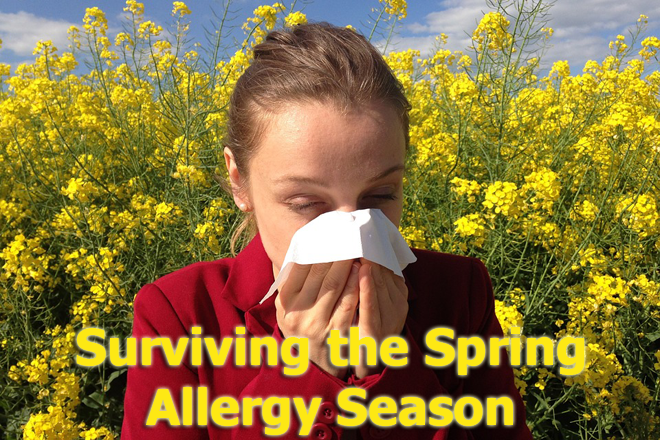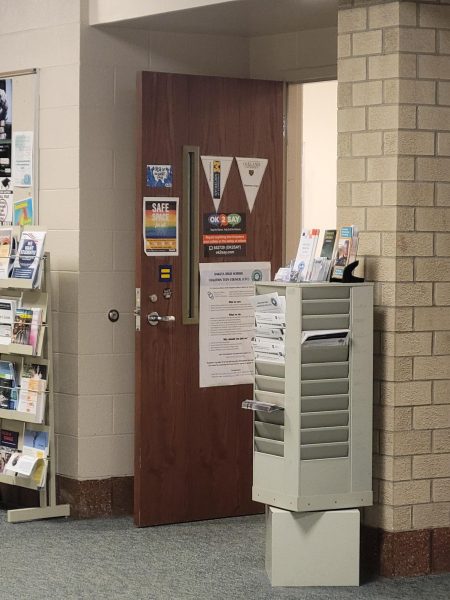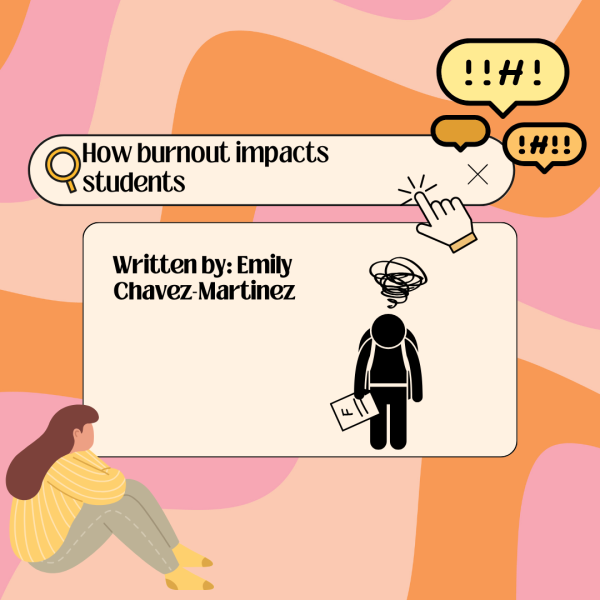Spring Allergies that you should be aware of this year!!
Are you, a friend, a family member, or a loved one sneezing, coughing, or wheezing more than usual lately?
The “warm winter” we had is coming to an end, which means pollen counts will increase and if you’re prone to allergies, so will both your sneezing and wheezing. Spring allergies have come early this year and some of you may be concerned because other winter illnesses are still circulating. Some of us are coming down with sore throats, while others are getting COVID… again (there is a new variant).
Because symptoms of both spring allergies and COVID-19 overlap, it can be both very confusing/hard and easily mistaken for something else. AFC Urgent Care Southington has created a helpful guide for you this spring to not only differentiate symptoms of COVID-19 from symptoms of spring allergies, but to also give you tips on how you find allergy relief.
COVID-19 Versus Spring Allergies:
Symptoms of both spring allergies and COVID-19 symptoms often overlap and may cause people to second guess when someone both coughs or sneezes around them. For people suffering from hay fever, also known as “allergic rhinitis,” breathing in pollen can cause sneezing, congestion, and a runny nose. Pollen exposure can also result in “allergic conjunctivitis” in some individuals, causing red, watery, or itchy eyes. There are many differences between both COVID-19 symptoms and spring allergy symptoms. Some symptoms below may vary depending on the individual.
Spring allergies may cause:
- Sneezing
- Itching of the nose, eyes or roof of the mouth
- Runny, stuffy nose
- Watery, red or swollen eyes (conjunctivitis)
COVID-19 symptoms may include:
- Fever or chills
- Cough
- Shortness of breath or difficulty breathing
- Fatigue
- Muscle or body aches
- Headache
- New loss of taste or smell
- Sore throat
- Nausea or vomiting
- Diarrhea
Symptoms may vary and some individuals may not even experience any COVID-19 symptoms.
How Do You Treat Allergy Symptoms?
Here are some tips in reducing the unwanted allergy triggers.
-
- Stay indoors on dry, windy days. The best time to go outside is after a good rain, which helps clear pollen from the air.
- Avoid lawn mowing, weed pulling, and other gardening chores that stir up allergens.
- Remove clothes you’ve worn outside and shower to rinse pollen from both your skin and your hair.
- Don’t hang laundry outside — pollen can stick to both sheets and towels.
- Wear a face mask if you do outside chores.
- Carry your inhaler because spring allergies may cause flare ups!
So, in conclusion, these are some of the common Spring allergies types, and the solutions to making them a little easier to handle or to deal with. I hope that everyone has a wonderful start to Spring 2023 and try to stay “allergy-free” if you can, lol.
Your donation will support the student journalists of Dakota High School. Your contribution will allow us to purchase equipment and cover our annual website hosting costs.

Zachary Veal is a senior at Dakota High School. He is interested in music while playing percussion in his 3rd hour Concert Band class right here at Dakota,...











Mikayla Patrie • Mar 30, 2023 at 12:26 pm
Thank you for the nice tip! I know a lot of people get allergies around springtime. This really helped me see the difference between the two.